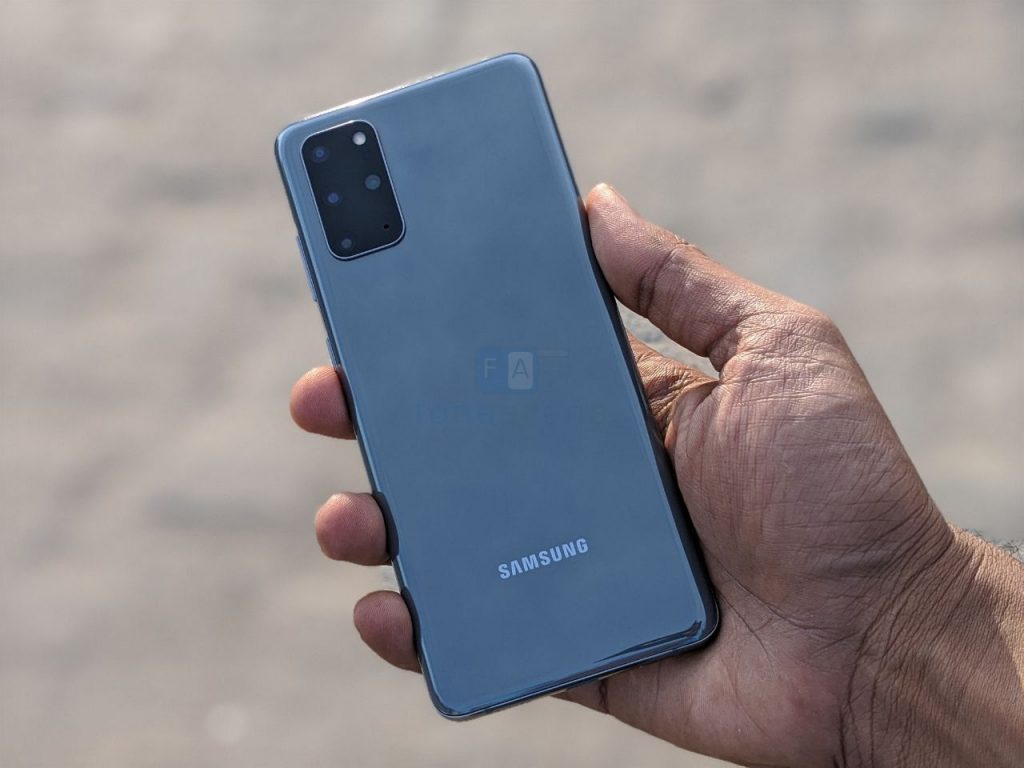
Samsung has reported its earnings for Q1 2020 that ended March 31, 2020 in which the company has made revenue of 55.33 trillion won, a decrease of 7.6% from the previous quarter mainly due to weak seasonality for the Company’s display business and Consumer Electronics Division and partially due to effects of COVID-19. Revenue rose 5.6% YoY due to increasing demand for server and mobile components.
Operating profit of 6.45 trillion won, down 9.9 QoQ. This is due to the same factors that weighed on revenue with a corresponding decrease in operating margin, even though memory earnings were higher, said Samsung. Operating profit increased 3.5% YoY with an improved product mix in the mobile business and additional diversification of the Company’s customer base in mobile OLED.
IM sector that includes Mobile Communications and Networks Businesses posted 26 trillion won consolidated revenue, down 3.74% YoY and 2.65 trillion won operating profit for the quarter, up 16.74% YoY. Even though revenue is less due to low shipments globally toward the end of the quarter due to the impact of COVID-19, the company maintained sound profitability by improving the product mix, increasing the sales portion of 5G models and using marketing expenses efficiently during the period. In particular, the ASP of flagship smartphones increased compared to last year on the back of higher-than-expected share of Galaxy S20 Ultra sales as well as solid sales of the Galaxy Z Flip.
In the second quarter Samsung expects demand to drop sharply in most regions due to an economic downturn caused by COVID-19. The company expects a decline in product sales and its overall business performance as the market shrinks and effects of store closures continue to have direct impacts. Amid the market uncertainty, the company will focus on improving cost efficiency and strengthening its online and B2B channels. In case of any additional disruptions at production facilities, the company will respond by flexibly utilizing its diversified manufacturing capabilities across the globe.
For the second half, amid uncertainties including the possibility of a prolonged pandemic, market competition is forecast to intensify as manufacturers strive to recover from the weakness in the first half. The company will continue to offer differentiated products in the premium segment with the launch of new foldable and Note models. The company also plans to enhance product competitiveness by expanding 5G adoption to mass-market smartphones and improve operational efficiency across all areas throughout R&D, production, supply, channel and marketing.
